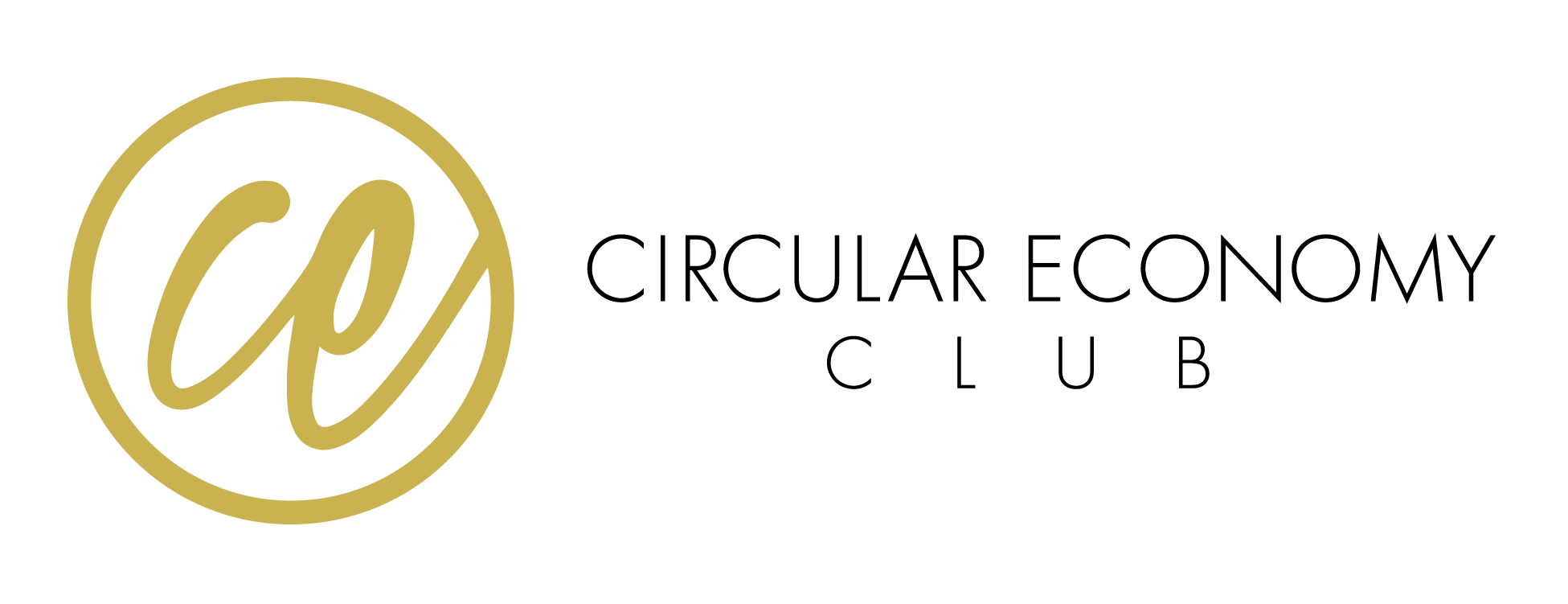WHAT IS THE CIRCULAR ECONOMY
Circular economy: An Alternative for the “Take, Make, Consume and Dispose” Mindset
It took hundreds of thousands of years for the world population to grow to 1 billion. In 2011, the global population reached the 7 billion mark, and today, it stands at about 7.5 billion (UNPF, 2017). These trends will have far-reaching implications for generations to come. With demand for resources increasing exponentially, experts sound warnings about looming shortages. Not only reserves of key elements -such as gold or silver- could be depleted within 50 years, but also arable surfaced would continue to disappear. Therefore, rethinking how our model functions is of high-priority.
Traditional business models are mostly built on the presumption of cheap, unlimited natural resources which manufacturers take to make products that are consumed and then disposed. This is our most spread system, the linear one, in which we “take, produce, consume and dispose”. According to McKinsey (2014) there is a yearly 80% of unrecovered materials from the $3.2 trillion worth that are used only in consumer goods. Efficiency would increase if consumers and organizations thought twice about the end of products’ lifecycles and how to extract the embedded costs of the materials within the products.
What used to be regarded as “waste” can be turned into a resource.
Waste becomes the source of growth for something new. This model conceives waste as a raw material, based on the reintroduction of materials in the system, combining recycling, reuse and renewable energy and biomimicry.
Production of goods operates like a natural system.
Circular economy is a generic term for a restorative industrial economic model. It stands from the basis that our systems should work like organisms, processing nutrients that can be fed back into the cycle, hence the “restorative” term used. This framework takes insight from living systems and draws from a number of more specific approaches including biomimicry (mimicking nature), industrial ecology and cradle to cradle.
Design and production are made with the end of the product lifecycle in mind and taking into account the materials involved.
William McDonough is an architect, designer and thought leader, and co-creator of the Cradle to Cradle framework, which provides the principles to design eco-effective solutions on the basis of safer materials that can be perpetually cycle back to the technical or biological ecosystems. In this video, he discusses design innovation, a core aspect of the principles of a circular economy.
As McDonough explains, within this economic model, material flows are of two types, biological or technical. Biological nutrients are designed to re-enter the biosphere safely while technical nutrients are designed to circulate at high quality without entering the biosphere.
The Circular Economy label can be applied to different schools of thought that share the same key principles. But it has been the Ellen MacArthur Foundation, an independent charity established in 2010, who has lately created a framework for systems level re-design and at the same time outlined the opportunity of harnessing innovation through this restorative model.
There’s a world of opportunity to re-think and re-design the way we produce and consume.
As a result of our throwaway society, natural resources are being depleted at an accelerating rate. With upwards of 9 billion people on the planet by 2030, and this new model’s potential of unlocking $4.5 trillion growth, the circular economy is the world’s largest opportunity (Accenture, 2016).
At the CEC network and event platform, we trust there is a solution to have economic growth while healing our planet, and this is to move from living in a linear model -based on the obtention of resources, production and waste- to a circular one.
Would you like to learn more about the circular economy? Enroll in a CEI Official Certificate.
Read more about the circular economy in the Resources section.
